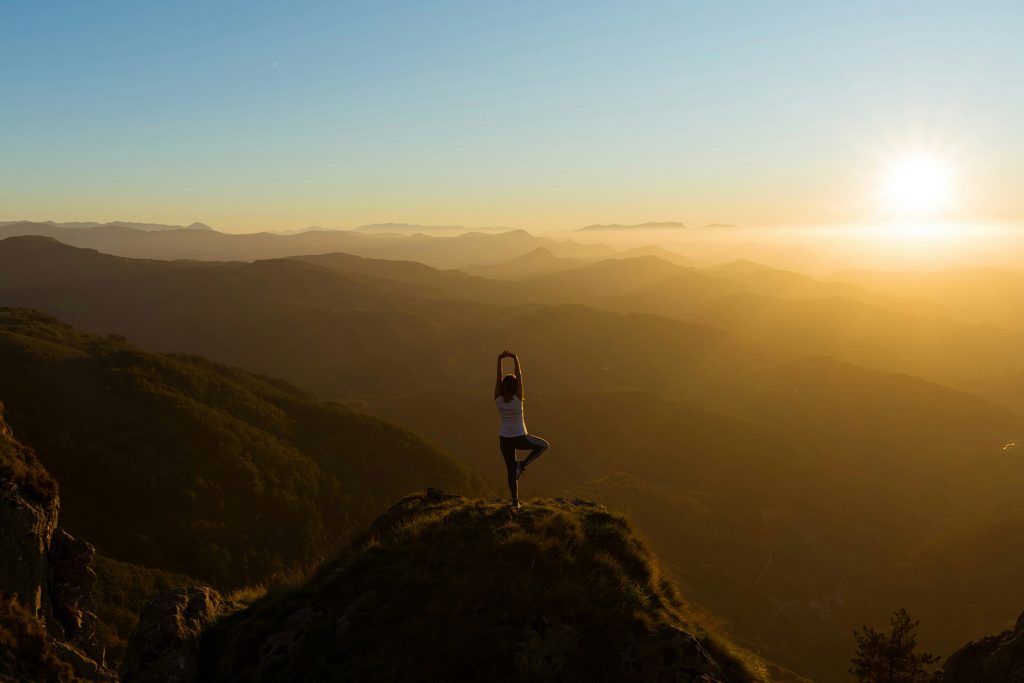-
In our fast-paced world, a good night’s sleep often eludes us. Stress, anxiety, and the overstimulation of our senses can hinder our efforts to unwind. However, incorporating yoga into your bedtime routine can serve as a powerful antidote. Yoga is known for its ability to calm the mind and body, facilitating a state of relaxation that is conducive to sleep. In this article, we will explore various yoga poses known to promote deep relaxation before bed, ensuring that you drift off into a peaceful slumber.
The Effects of Yoga on Sleep
Research has shown that practising yoga can lead to improved sleep quality and duration. The physical postures, combined with breath control (pranayama) and meditation, help reduce stress levels and promote relaxation. Yoga encourages mindfulness, allowing you to reconnect with your body and mind, which can be particularly beneficial at the end of a long day.
Benefits of Practising Yoga Before Bed
-
Reduces Stress and Anxiety: Yoga helps lower levels of cortisol, the stress hormone, leading to a more relaxed state.
-
Improves Sleep Quality: Gentle stretching and relaxation techniques can enhance sleep quality and duration.
-
Enhances Mindfulness: Yoga promotes a meditative state, encouraging you to be present and aware, which can help quiet racing thoughts before bed.
-
Relieves Muscle Tension: Stretching and releasing tight muscles can alleviate discomfort that may interfere with a restful night.
Top Yoga Poses for Relaxation Before Bed
1. Legs-Up-the-Wall Pose (Viparita Karani)
This restorative pose involves lying on your back and stretching your legs up against a wall. It is extremely calming and helps to relieve tension in the legs and lower back.
How to Do It:
-
Sit sideways next to a wall.
-
Lie back and swing your legs up the wall, adjusting your position so your hips are close.
-
Rest your arms by your sides with palms facing up.
-
Stay in this pose for 5–15 minutes, breathing deeply.
2. Child’s Pose (Balasana)
A gentle stretch for the back and hips, Child’s Pose promotes deep relaxation and mental calmness.
How to Do It:
-
Kneel on the floor with big toes touching and knees apart.
-
Sit back on your heels and fold forward, resting your forehead on the mat.
-
Extend your arms in front of you or rest them beside your body.
-
Stay here for 1–5 minutes, breathing deeply.
3. Cat-Cow Stretch (Marjaryasana-Bitilasana)
This dynamic movement helps loosen the spine and prepare the body for more restful poses.
How to Do It:
-
Start on hands and knees in a tabletop position.
-
Inhale, arch your back and lift your chest (Cow Pose).
-
Exhale, round your spine and tuck your chin (Cat Pose).
-
Repeat for 1–3 minutes, linking movement with breath.
4. Reclined Bound Angle Pose (Supta Baddha Konasana)
This pose opens the hips and encourages full-body relaxation.
How to Do It:
-
Lie on your back and bring the soles of your feet together.
-
Allow your knees to fall open to the sides.
-
Rest arms by your sides and breathe slowly for 5–10 minutes.
5. Seated Forward Bend (Paschimottanasana)
A calming stretch that encourages introspection and physical release.
How to Do It:
-
Sit with legs extended in front of you.
-
Inhale and lengthen your spine, lifting arms overhead.
-
Exhale and fold forward from the hips, reaching for your feet.
-
Hold for 1–5 minutes, relaxing into the stretch.
6. Corpse Pose (Shavasana)
Often used to close a yoga session, this pose is the epitome of relaxation.
How to Do It:
-
Lie flat on your back with arms by your sides, palms up.
-
Close your eyes and relax each part of your body.
-
Stay here for 5–15 minutes, focusing on your breath and letting go of tension.
7. Supine Spinal Twist (Supta Matsyendrasana)
A gentle twist that releases tension in the spine and promotes stillness.
How to Do It:
-
Lie on your back and hug your knees to your chest.
-
Gently drop both knees to one side, keeping your shoulders grounded.
-
Extend arms in a T-shape and turn your head in the opposite direction of your knees.
-
Hold for 1–2 minutes, then switch sides.
Creating a Bedtime Yoga Routine
You don’t need to do every pose each night—choose 3–5 poses that feel most relaxing to you. The key is to move slowly, breathe deeply, and focus on letting go of the day. You can enhance your experience by:
-
Playing soft, ambient music
-
Dimming the lights
-
Using calming essential oils like lavender
-
Ending with a few minutes of mindful meditation or breathwork
Final Thoughts
Incorporating yoga into your bedtime routine can significantly improve the quality of your sleep by helping your body and mind transition into a restful state. Whether you’re new to yoga or a seasoned practitioner, these poses are gentle, accessible, and highly effective at promoting deep relaxation before bed.
Give yourself the gift of calm and stillness each evening—your body, mind, and sleep will thank you.
-

- Mindset and Cognitive Techniques
Yoga Poses That Promote Deep Relaxation Before Bed
Discover specific yoga poses designed to induce relaxation and prepare you for sleep
Share the Post: